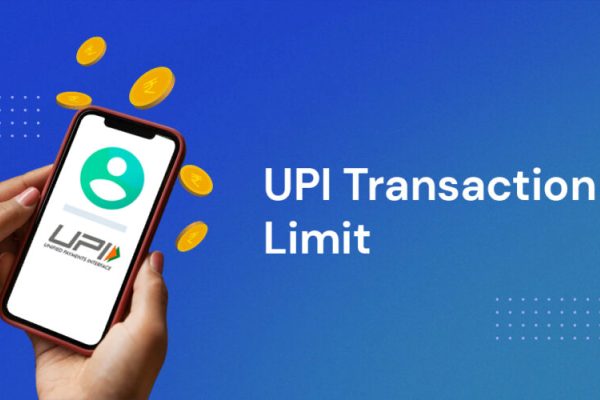Many private and public sector banks in India have imposed a limit on UPI transactions. HDFC, State Bank of India (SBI), ICICI and other banks have announced UPI transaction limits and caps on the number of transactions that users can make per day basis.
However, this move appears highly regressive and contrasts with the Indian government’s ambitious plan to drive cashless digital transactions and payments using Unified Payment Interface (UPI) based mobile apps.
More and more people across India today are using UPI-based mobile payments. From paying taxi and auto fares, buying fruits and vegetables in the markets, to paying restaurant and grocery bills, paying street food vendors and tea sellers and more.
In recent years, there’s been tremendous and wider acceptance and usage of digital payments in India. And this trend is growing at a much faster pace than expected.
Certainly, people today are more confident in using and accepting digital payments via UPI-based mobile payment apps. But any usage restrictions and limitations on these UPI-based mobile payments and transactions may crash India’s digital and mobile payment dream over cash.
UPI payments touched a record high of ₹149.5 trillion transactions in 2022, according to the Worldline report. Indian households are to make over 50% non-cash transactions by FY26, according to a new survey report from Redseer.
UPI is projected to clock 30-35% growth in transaction value by FY26, with online food delivery and e-commerce already witnessing over 60% use of UPI as a preferred payment mode, as per this survey report.
The Reserve Bank of India (RBI)-backed National Payment Corporation of India (NPCI), which leads retail payments and settlement systems as an umbrella organisation, has issued guidelines for UPI transaction limits.
As per new guidelines, an individual can make a maximum payment of ₹1 lakh daily through UPI and can make only 20 transactions per day. Thereafter, the user has to wait 24 hours to renew the transaction limit.
Although the per day maximum payment limit via UPI transactions is ₹1 lakh, banks have interpreted and imposed these transactions limit in varying proportions. There’s no uniformity in terms of the UPI transaction limits across different banks.
For example, Canara Bank and Bank of Baroda have set a UPI transaction limit of ₹25,000 per day. SBI, HDFC Bank and Axis Bank have set higher UPI transactions limit of ₹1 lakh.
However, for new users, HDFC Bank has capped the UPI transactions to ₹5,000, while ICICI has set a limit of ₹10,000 for its customers.
Other UPI-linked mobile payment apps such as Google Pay (GPay), Paytm, and Amazon Pay have also set a limit of ₹1 lakh per day with only ten transactions across all UPI apps and bank accounts.
For instance, GPay halts the daily transaction limit if someone sends money requests of ₹2,000 and above, while Amazon Pay UPI can transact only ₹5,000 as a new customer in the first 24 hours, as per the reports.
The real reason for imposing limits on UPI transactions remains unknown. However, some industry experts believe that reason could be the underlying technology infrastructure, which could have reached its threshold.
And hence these banks may need further systems upgrades and investments in their technology infrastructure. So they can continue to support the fast-growing digital payment ecosystem and the increasing number of transactions in India.

